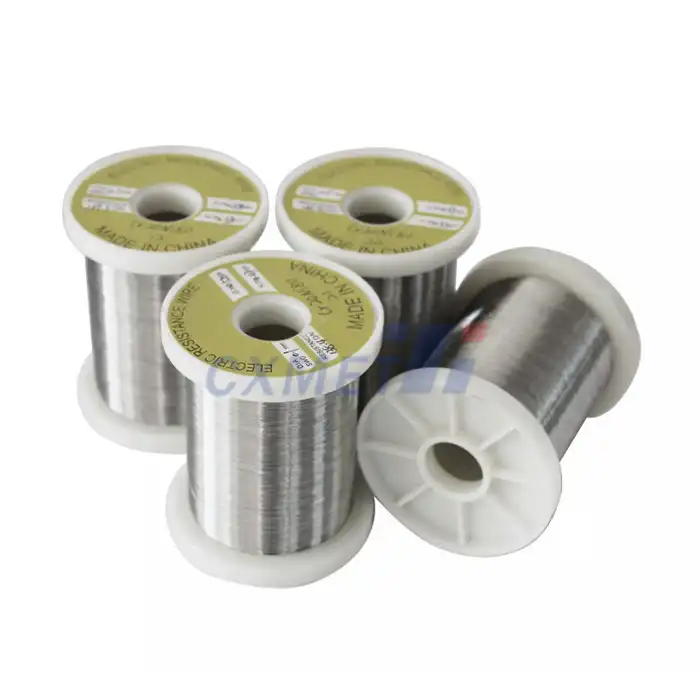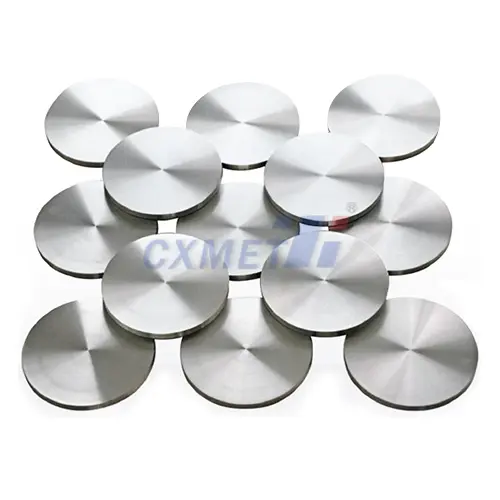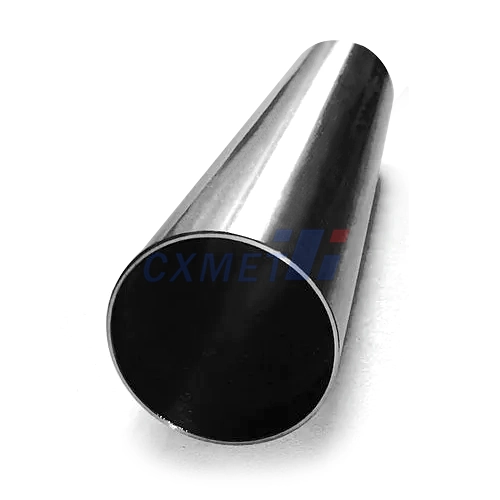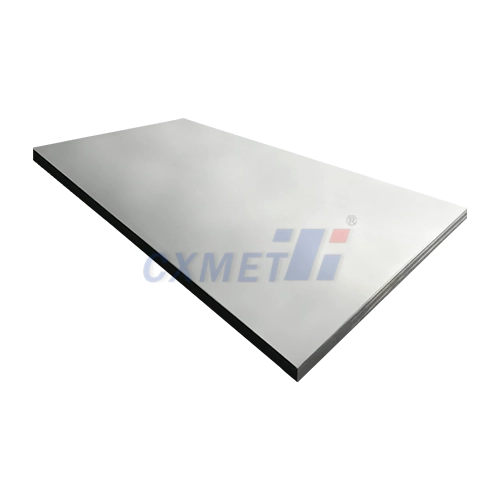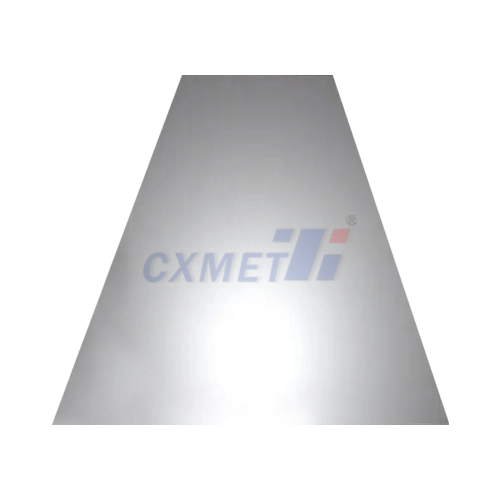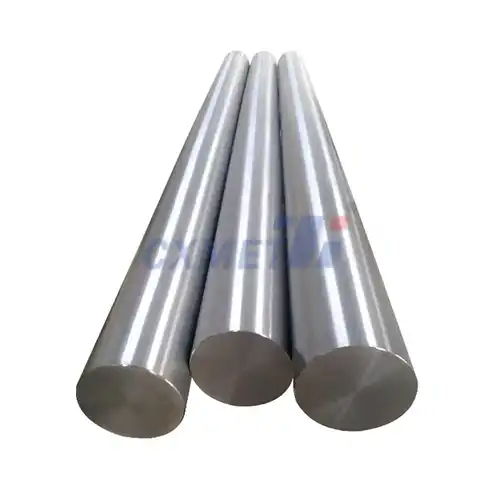- English
- French
- German
- Portuguese
- Spanish
- Russian
- Japanese
- Korean
- Arabic
- Greek
- German
- Turkish
- Italian
- Danish
- Romanian
- Indonesian
- Czech
- Afrikaans
- Swedish
- Polish
- Basque
- Catalan
- Esperanto
- Hindi
- Lao
- Albanian
- Amharic
- Armenian
- Azerbaijani
- Belarusian
- Bengali
- Bosnian
- Bulgarian
- Cebuano
- Chichewa
- Corsican
- Croatian
- Dutch
- Estonian
- Filipino
- Finnish
- Frisian
- Galician
- Georgian
- Gujarati
- Haitian
- Hausa
- Hawaiian
- Hebrew
- Hmong
- Hungarian
- Icelandic
- Igbo
- Javanese
- Kannada
- Kazakh
- Khmer
- Kurdish
- Kyrgyz
- Latin
- Latvian
- Lithuanian
- Luxembou..
- Macedonian
- Malagasy
- Malay
- Malayalam
- Maltese
- Maori
- Marathi
- Mongolian
- Burmese
- Nepali
- Norwegian
- Pashto
- Persian
- Punjabi
- Serbian
- Sesotho
- Sinhala
- Slovak
- Slovenian
- Somali
- Samoan
- Scots Gaelic
- Shona
- Sindhi
- Sundanese
- Swahili
- Tajik
- Tamil
- Telugu
- Thai
- Ukrainian
- Urdu
- Uzbek
- Vietnamese
- Welsh
- Xhosa
- Yiddish
- Yoruba
- Zulu
Can Stainless Steel Powder be Used for 3D Printing in the Medical Field?
2024-08-02 17:40:36
Stainless steel powder has emerged as a promising material for 3D printing applications across various industries, including the medical field. Its unique properties, such as corrosion resistance, durability, and biocompatibility, make it an attractive option for creating medical devices and implants. As 3D printing technology continues to advance, the use of stainless steel powder in medical applications is gaining traction, offering new possibilities for customized and complex medical solutions.
What are the advantages of using stainless steel powder in 3D printing for medical applications?
The use of stainless steel powder in 3D printing for medical applications offers numerous advantages that make it an attractive option for researchers, manufacturers, and healthcare professionals. One of the primary benefits is the material's biocompatibility, which is crucial for medical implants and devices that come into direct contact with the human body. Stainless steel, particularly grades like 316L, has a long history of use in medical applications due to its resistance to corrosion and ability to withstand the body's harsh environment.
Another significant advantage is the ability to create complex geometries and customized designs. 3D printing with stainless steel powder allows for the production of intricate structures that would be difficult or impossible to achieve using traditional manufacturing methods. This capability is particularly valuable in the medical field, where patient-specific implants and devices can significantly improve treatment outcomes and patient comfort.
The durability and strength of 3D printed stainless steel components are also noteworthy advantages. Medical devices and implants often need to withstand significant mechanical stress and repeated use. Stainless steel's inherent strength and toughness make it an ideal material for such applications, ensuring the longevity and reliability of the printed parts.
Furthermore, 3D printing with stainless steel powder offers excellent surface finish and dimensional accuracy. This is crucial for medical applications where precise measurements and smooth surfaces are essential for proper functionality and patient safety. The ability to achieve high-quality finishes with minimal post-processing reduces production time and costs while maintaining the required standards for medical use.
Lastly, the use of 3D printing technology with stainless steel powder can lead to more efficient and cost-effective production of medical devices. The additive manufacturing process minimizes material waste compared to traditional subtractive manufacturing methods, and it allows for on-demand production, reducing the need for large inventories and potentially lowering healthcare costs.
How does the 3D printing process work with stainless steel powder?
The 3D printing process with stainless steel powder typically involves a technique called Selective Laser Melting (SLM) or Direct Metal Laser Sintering (DMLS). This additive manufacturing method uses high-powered lasers to selectively melt and fuse stainless steel powder particles, building up the desired object layer by layer.
The process begins with a 3D CAD model of the object to be printed. This model is then sliced into thin layers, typically ranging from 20 to 100 microns in thickness. These layers serve as the blueprint for the printing process.
In the printing chamber, a thin layer of stainless steel powder is spread evenly across the build platform. A high-powered laser then traces the pattern of the first layer onto the powder bed, melting and fusing the particles together. Once this layer is complete, the build platform is lowered slightly, and a new layer of powder is spread on top. This process is repeated layer by layer until the entire object is built.
One of the key advantages of this process is the ability to create complex internal structures and geometries that would be impossible with traditional manufacturing methods. This is particularly useful in medical applications, where custom-designed implants or devices with intricate internal channels or lattice structures can be produced.
After printing, the object is typically subjected to post-processing treatments. These may include heat treatment to relieve internal stresses, improve material properties, and ensure dimensional stability. Surface finishing techniques such as polishing or electroplating may also be applied to achieve the desired surface quality for medical use.
It's worth noting that the 3D printing process with stainless steel powder requires careful control of various parameters, including laser power, scanning speed, and powder characteristics. These factors significantly influence the final properties of the printed object, such as density, strength, and surface finish.
What are the challenges and limitations of using 3D printed stainless steel in medical devices?
While 3D printing with stainless steel powder offers many advantages for medical applications, there are also several challenges and limitations that need to be addressed. One of the primary concerns is ensuring consistent quality and reliability of the printed parts. The complex nature of the 3D printing process means that there can be variability in the microstructure and properties of the printed objects, which is critical to control in medical applications.
Another challenge is the potential for porosity in 3D printed stainless steel parts. Pores or small voids within the material can affect its mechanical properties and potentially serve as sites for corrosion or bacterial growth in medical devices. Achieving full density and eliminating porosity often requires careful optimization of printing parameters and post-processing techniques.
Surface finish is another area of concern. While 3D printing can produce complex geometries, the as-printed surface of stainless steel parts can be rough and may require significant post-processing to achieve the smooth finish required for many medical applications. This additional processing can add time and cost to the production process.
Regulatory approval presents another significant challenge. The use of 3D printed stainless steel in medical devices requires thorough testing and validation to meet stringent regulatory standards. This process can be time-consuming and expensive, potentially slowing down the adoption of this technology in the medical field.
The size limitations of current 3D printing technologies can also be a constraint. While suitable for many medical devices and implants, larger components may be challenging or impractical to produce using existing 3D printing systems.
Lastly, the cost of 3D printing with stainless steel powder can be higher than traditional manufacturing methods for large production runs. While it offers advantages in customization and complex geometries, the equipment and materials used in metal 3D printing are often more expensive than those used in conventional manufacturing processes.
Despite these challenges, ongoing research and technological advancements are continually improving the capabilities and reliability of 3D printing with stainless steel powder. As these limitations are addressed, the potential for this technology in the medical field continues to grow, promising innovative solutions for patient care and medical device manufacturing.
At SHAANXI CXMET TECHNOLOGY CO., LTD, we take pride in our extensive product range, which caters to diverse customer needs. Our company is equipped with outstanding production and processing capabilities, ensuring the high quality and precision of our products. We are committed to innovation and continuously strive to develop new products, keeping us at the forefront of our industry. With leading technological development capabilities, we are able to adapt and evolve in a rapidly changing market. Furthermore, we offer customized solutions to meet the specific requirements of our clients. If you are interested in our products or wish to learn more about the intricate details of our offerings, please do not hesitate to contact us at sales@cxmet.com. Our team is always ready to assist you.
References:
1. Sing, S. L., An, J., Yeong, W. Y., & Wiria, F. E. (2016). Laser and electron-beam powder-bed additive manufacturing of metallic implants: A review on processes, materials and designs. Journal of Orthopaedic Research, 34(3), 369-385.
2. Frazier, W. E. (2014). Metal additive manufacturing: a review. Journal of Materials Engineering and Performance, 23(6), 1917-1928.
3. Ngo, T. D., Kashani, A., Imbalzano, G., Nguyen, K. T., & Hui, D. (2018). Additive manufacturing (3D printing): A review of materials, methods, applications and challenges. Composites Part B: Engineering, 143, 172-196.
4. Wang, X., Xu, S., Zhou, S., Xu, W., Leary, M., Choong, P., ... & Xie, Y. M. (2016). Topological design and additive manufacturing of porous metals for bone scaffolds and orthopaedic implants: A review. Biomaterials, 83, 127-141.
5. Lowther, M., Louth, S., Davey, A., Hussain, A., Ginestra, P., Carter, L., ... & Eisenstein, N. (2019). Clinical, industrial, and research perspectives on powder bed fusion additively manufactured metal implants. Additive Manufacturing, 28, 565-584.
6. Mehrpouya, M., Dehghanghadikolaei, A., Fotovvati, B., Vosooghnia, A., Emamian, S. S., & Gisario, A. (2019). The potential of additive manufacturing in the smart factory industrial 4.0: A review. Applied Sciences, 9(18), 3865.
7. Tan, X. P., Tan, Y. J., Chow, C. S. L., Tor, S. B., & Yeong, W. Y. (2017). Metallic powder-bed based 3D printing of cellular scaffolds for orthopaedic implants: A state-of-the-art review on manufacturing, topological design, mechanical properties and biocompatibility. Materials Science and Engineering: C, 76, 1328-1343.
8. Murr, L. E. (2016). Metallurgy principles applied to powder bed fusion 3D printing/additive manufacturing of personalized and optimized metal and alloy biomedical implants: an overview. Journal of Materials Research and Technology, 5(1), 37-41.
9. Sing, S. L., Yeong, W. Y., Wiria, F. E., & Tay, B. Y. (2016). Characterization of titanium lattice structures fabricated by selective laser melting using an adapted compressive test method. Experimental Mechanics, 56(5), 735-748.
10. Gokuldoss, P. K., Kolla, S., & Eckert, J. (2017). Additive manufacturing processes: Selective laser melting, electron beam melting and binder jetting—Selection guidelines. Materials, 10(6), 672.
